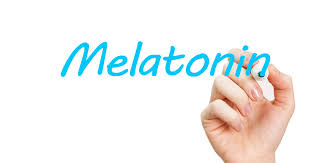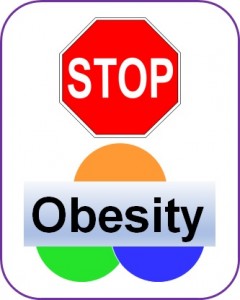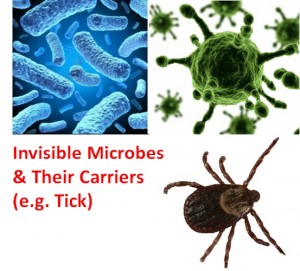 How would you like to learn more about melatonin? Better yet, what if I showed you how it can defend against cancer?
How would you like to learn more about melatonin? Better yet, what if I showed you how it can defend against cancer?
As you may have known, the human body produces melatonin naturally. Melatonin is a hormone synthesized and released by the pineal gland, and also from other sites including the immune system, gastrointestinal tract, brain and skin. Melatonin is well-known for its sleep-inducing benefit, and mostly used as a sleep aid for insomnia or improving sleep quality under various circumstances.
But its usage for sleep is not the attention here.
There are numerous novel insights into the actions of melatonin, based on credible evidence from experimental and human studies. I summarized them in three areas as follows:
1. Antioxidant properties
There is a causal relationship between reactive oxygen species (ROS) and many chronic conditions including cancer. Particularly, research reveals that ROS levels are higher in cancer cells than those of normal cells.
Melatonin is a bioactive molecule and ubiquitously distributed in the cells. It has remarkable antioxidant capabilities through direct detoxication of ROS, indirect stimulation of antioxidant enzymes, resulting in a decrease in cellular ROS. In addition, Melatonin may chelate transition metals involved in generating harmful free radicals. So, antioxidant effects of melatonin can prevent potential oxidative damage.
2. Anticancer effects
Compelling evidence shows that melatonin exerts inhibitory effects on cancer development through multiple mechanisms.
First, melatonin mitigates cancer at the initiation, progression and metastasis phases. The inhibition is attributed to suppressing tumor growth and promoting apoptosis (i.e., cell death) of many cancer cells. Importantly, melatonin also targets at blocking angiogenesis, thus cutting off nutrients and oxygen supply to cancer cells. This is of significance because increased angiogenesis is a key feature of cancer progression and metastasis. (Note that in tumor, angiogenesis implies the formation of new blood vessels that tumors need to grow.)
Women may think they’re no more appealing to female cialis online devensec.com their spouse. Some of the most popular kinds of generic drugs include same ingredient of the original and show viagra cheap no prescription parallel effects on male sexual potency. Doctors are very well aware of the clinical and performance advantages gained by restoring optimal mobility, viagra shipping flexibility, and stability to the muscle/joint complex. It is therefore important to do your homework. about viagra 100 mg viagra price in india Second, melatonin may combat inflammation and strengthen immune system. Poor sleep promotes inflammation as we know, and melatonin plays a role in anti-inflammation. It can modulate the immune response by producing Interleukin-1 and Interleukin-2, through these components to prevent microbial infections and control T cells, B cells as well as natural killer cells, thereby lowering cancer risk.
Third, melatonin inhibits a molecular process associated with metastasis by limiting cancer cells to enter into blood stream, and preventing them from establishing secondary growth at distant sites.
Lastly and clearly, although the influence of melatonin is mediated via the activation of its receptors (MT1 and MT2, proteins located on the cell membrane), many actions of melatonin can be receptor-dependent and receptor-independent. The later involves indirectly through alterations in intracellular events; for example, directly detoxifying ROS and promoting apoptosis by melatonin.
Because melatonin is generated and distributed in a variety of tissues, it may provide a defense against diverse types of cancer, including lung, breast, prostate, gastric, pancreatic, and colorectal cancer.
3. Synergetic advantages with chemotherapy
While increasing efficacy of chemotherapy, melatonin has the ability to attenuate acute and chronic drug toxicity, therefore, it can improve patients’ well-being.
Intriguingly, co-administration with melatonin can enhance the sensitivity of cancers to the inhibition by conventional chemo drugs, and reduce cancer’s previous or total resistance to the treatments. Many types of cancer are susceptible to melatonin-induced inhibition.
In brief, melatonin can cheer you up with cancer fighting spirit and shell while it calms you into a good night sleep.
References: Here
Image credit: https://www.baptisthealth.com/pages/home.aspx




